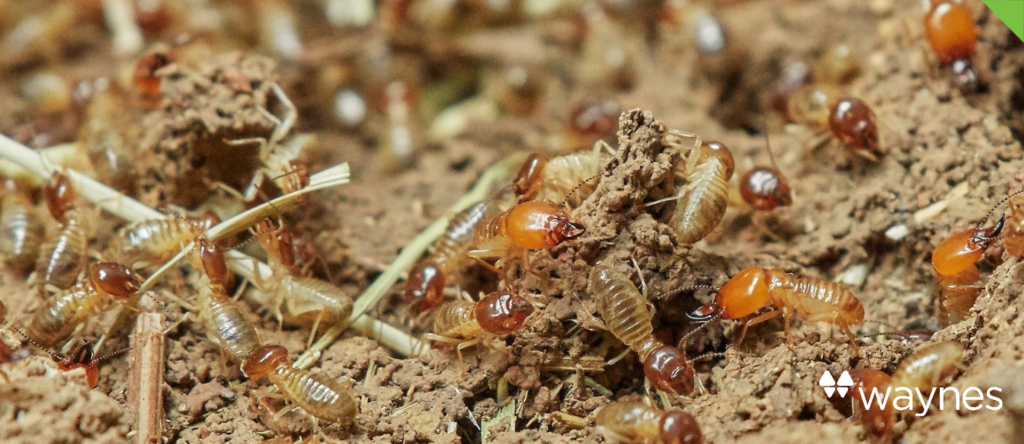Seeing weeds even though you’ve applied pre-emergent? Did you know pre-emergent primarily target weeds generated from seeds? You could be battling perennial weeds and need to talk to your lawn care provider about applying a post-emergent herbicide today. Perennial weeds can go undetected until their growing season begins. That’s because they germinate from a root rather than seed. As a result, they require different treatments.

Perennial weeds can take more than one treatment. Prevention is best when controlling perennial weeds, but don’t wait until fall to take action. Try mowing your lawn high (2 1/2″-3″), watering more deeply but less frequently, or using post-emergent to give your lawn the strength it needs now to fight back on its own.
Here are some of the most common lawn weeds that plague our lawns year after year…
Dallisgrass
Dallisgrass can arguably be one of the hardest weeds to eradicate from a lawn and the longer it has been established, the harder it is to get rid of. If you have ever picked a long stalk of green “grass” with what looked like small black bugs covering the blade top and run your finger over it popping off small green seeds and bugs. Congratulations, you found dallisgrass! It can take several years to get control over dallisgrass using a series of pre and post-emergent treatments. If the infestation of dallisgrass is substantial, the lawn could require a complete renovation.
Crabgrass
Crabgrass is triggered by hot weather, so it’s not shocking that after this summer, crabgrass growth is aggressive. When crabgrass settles into your yard, it can take a while to eradicate. Crabgrass seeds buried in the soil remain active for a minimum of 3 years. Crabgrass is easy to manage. Regular mowing prevents the production of seeds. Crabgrass is not competitive and can be taken over by hearty turfgrass. Crabgrass can also be controlled with regular aeration, as it thrives in the South’s compacted soil.
Dandelion
Dandelion is a challenging weed to tackle. Dandelions’ root systems grow deep and typically cannot be fully pulled out by hand. Unlike the other listed weeds, mowing doesn’t control dandelions’ growth and spread. If you should spot a lone dandelion, dig the entire plant out ensuring you do not leave root fragments, as it can regenerate from it. Larger numbers of dandelions may be best treated by pre or post-emergent herbicide. Always be sure to follow instructions provided by the manufacturer.
White Clover
White clover can grow almost anywhere in a lawn or garden. While this weed isn’t the worst weed to have in your lawn, it can grow in overwhelming amounts, becoming unattractive. Clover is a legume and therefore provides nitrogen to your lawn. It can be hand-pulled or treated with pre and post-emergent. Multiple applications will be needed to take control of clover weed. Once the clovers begin to die off, your lawn will likely need nitrogen added to it.
Other common perennial weeds:
- Spotted Spurge
- Burnweed/Fireweed


Eradicating perennial weeds may take many seasons and continual lawn care treatments. Starting and stopping lawn care treatments will be ineffective for long term prevention of weeds. Once weeds are eradicated from a lawn, the best method for keeping them away is continuing a regularly scheduled lawn care plan. A Lush Lawn is the best preventative to weeds!
Lawn care can be difficult and time-consuming. Let our team of Lawn Care Professionals resolve your toughest lawn problems. Give us a call today! 1-866-WAYNES1














